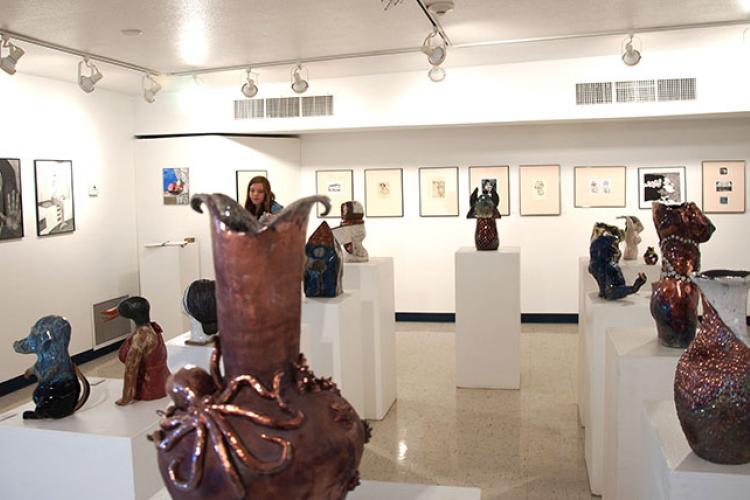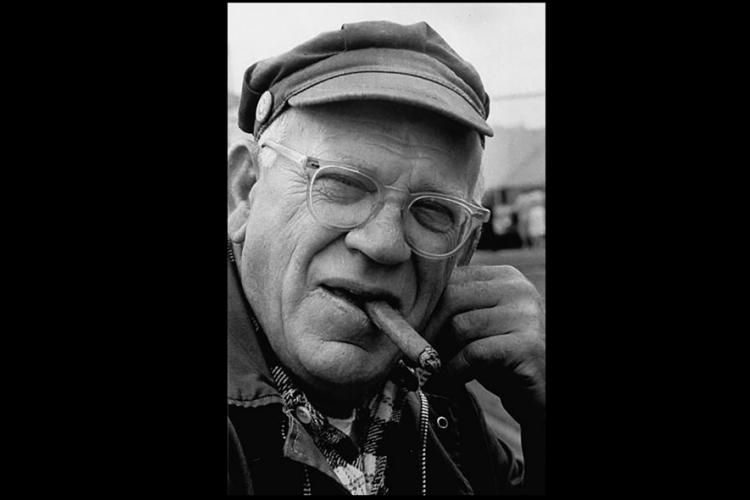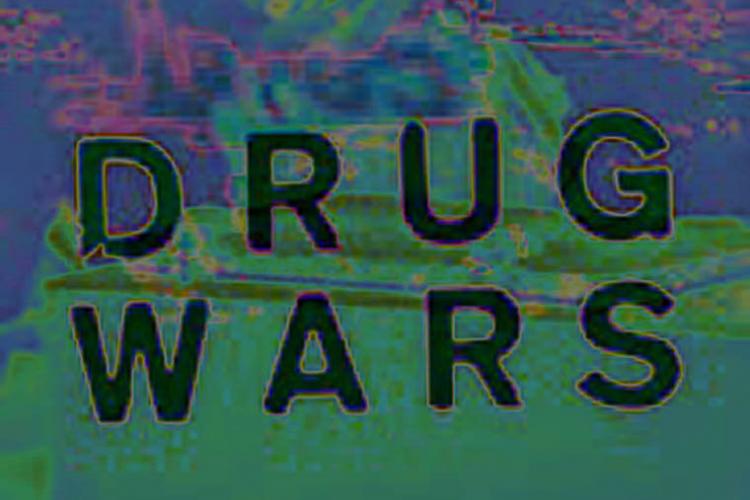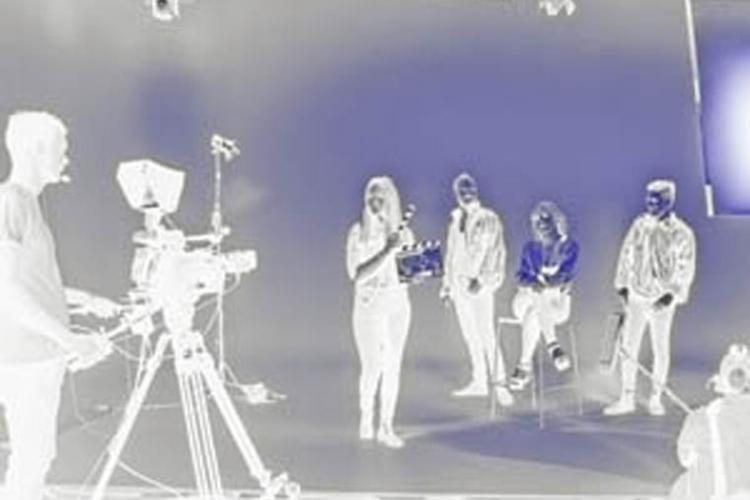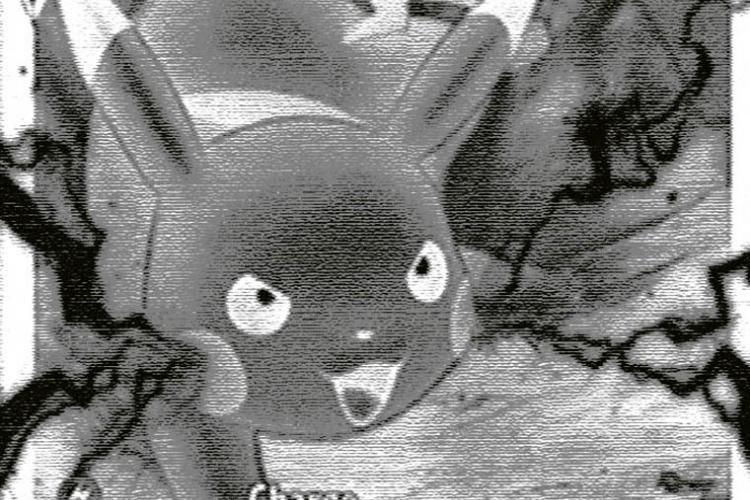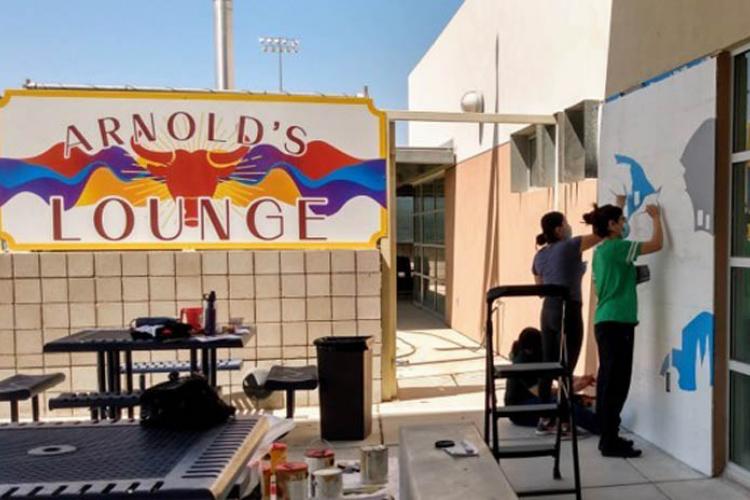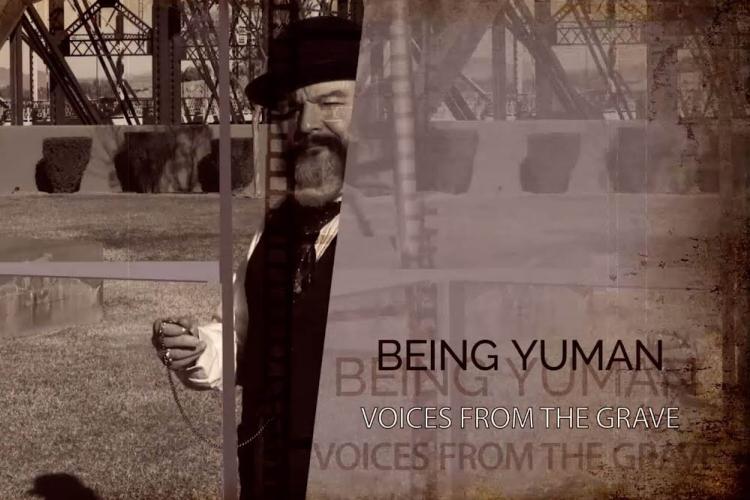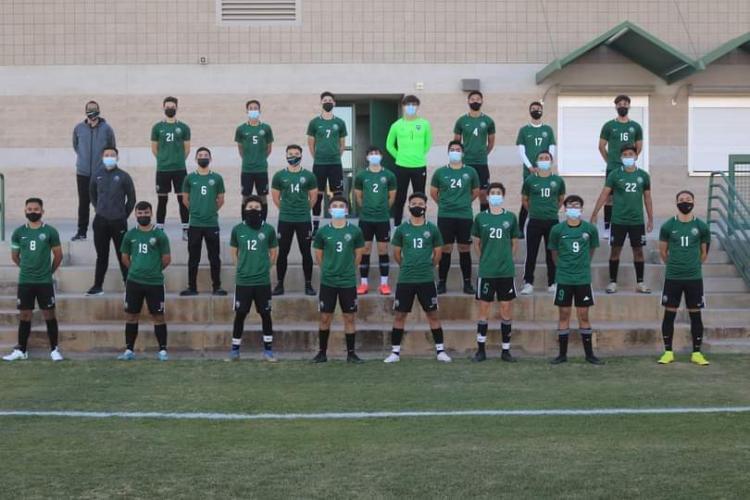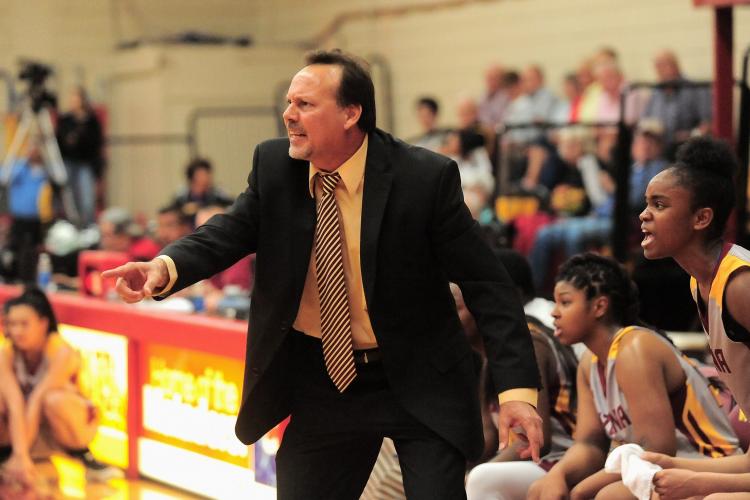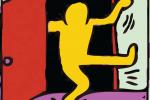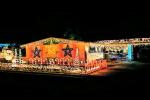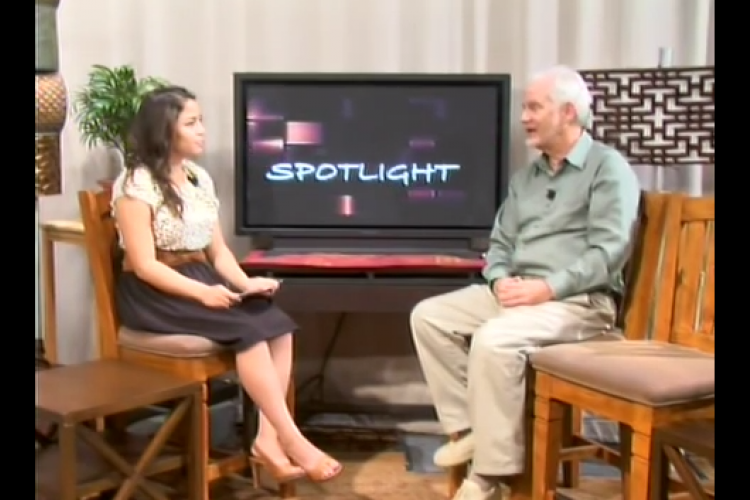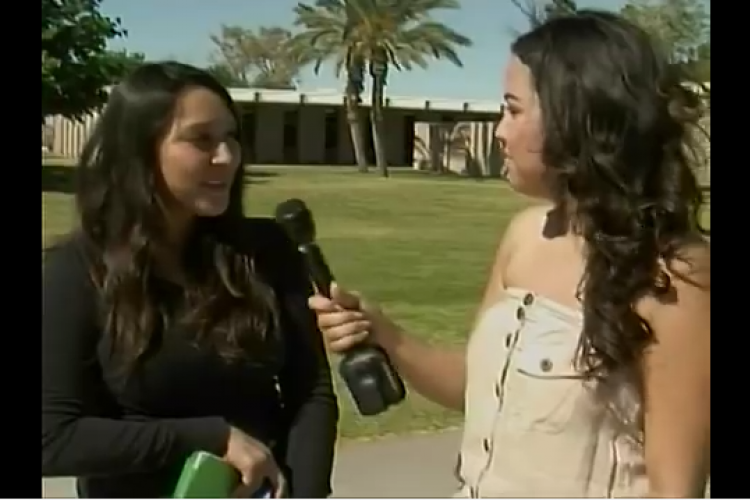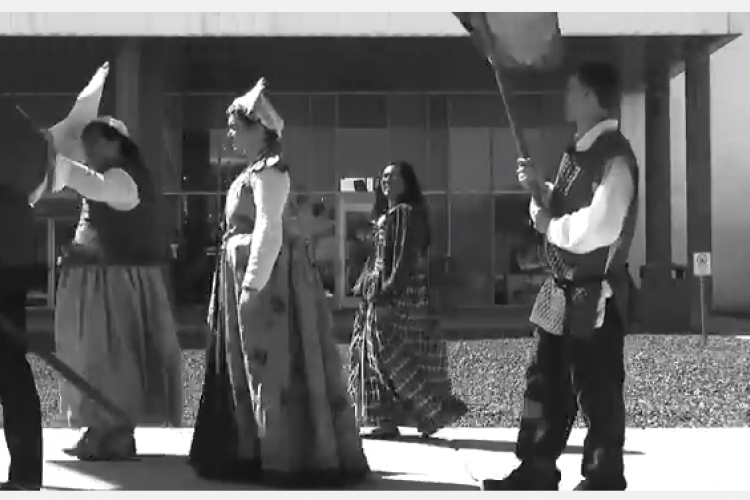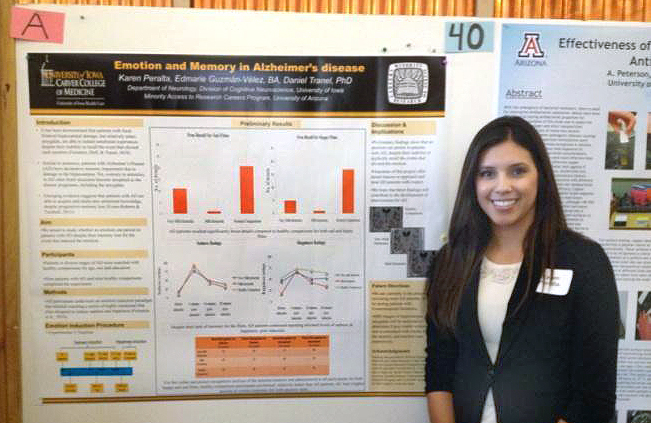
Students from all four corners of Arizona came to the 24th annual Undergraduate Biology Research Program (UBRP) in Tucson to showcase their research. UBRP invited students from all over the state to come to the University of Arizona January 19 and display their abstracts and posters to fellow students and professors.
The conference is sort of a practice run for students looking to improve their communication skills when presenting at national science conferences, which often have prizes for the top presenters in a variety of fields. Although the prizes are fun, the most important aspect of the conference is presenting the research, and networking with others in the field.
There is much more to presenting than meets the eye. Often students must be able to explain many years of research in about 20 minutes while making a connection with the audience. At the conference, students practice their talks, and the audience might offer suggestions for improving communication skills.
Strong AWC showing
Many Arizona Western College students came to present their work from the summer of 2012. For example, Biology major Daniel Koblas presented the research he did at the University of Kansas on the biochemical properties of virus particles. Environmental Science major Teresa Reyes, who had worked with Professor Ted Martinez, did her research on Milkweed seed and its effect on Monarch butterfly conservation.
Several other students who gave presentations were AWC alumni. UofA student Karen Peralta, who graduated in 2010 with two Associates degrees, will be earning her Bachelor's in May with a major in Speech, Language and Hearing Sciences and a minor in Neurology. Her research was on Alzheimer's disease and the emotional connections people maintain despite their memory loss.
Another standout poster was that of UofA undergraduate Wesley Cai, who has worked for more than 2and a half years on research relating to the treatment of kidney cancer.
A beautiful, ëgreen' venue
Attendees were also invited to tour the conference venue, the Thomas W. Keating Building, which provides 177,000 sq. ft. of state-of-the-art research space. The building is beautifully designed to be green, with students and faculty maintaining lush gardens around the patios. Posters in the hallways describe current research in the building.
The research groups in the building work closely together by sharing equipment for their projects. People who may be researching rice can be sitting next to others researching cancer.
All in all, the conference was an amazing experience. Participants and visitors alike could feel the encouragement, excitement and science in the air.
Photo by Mindy Torres


